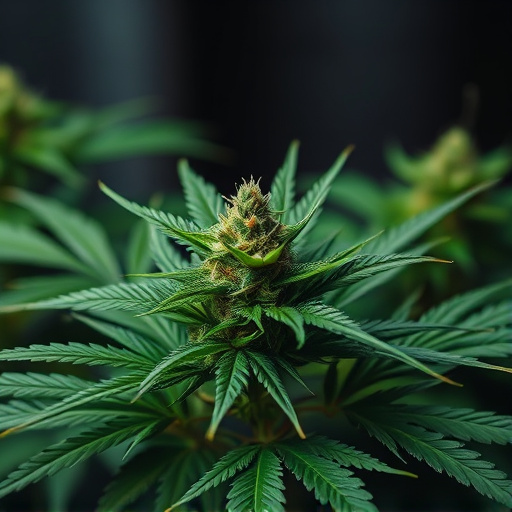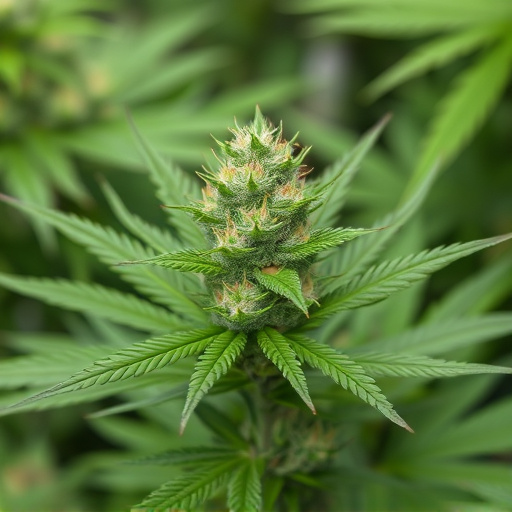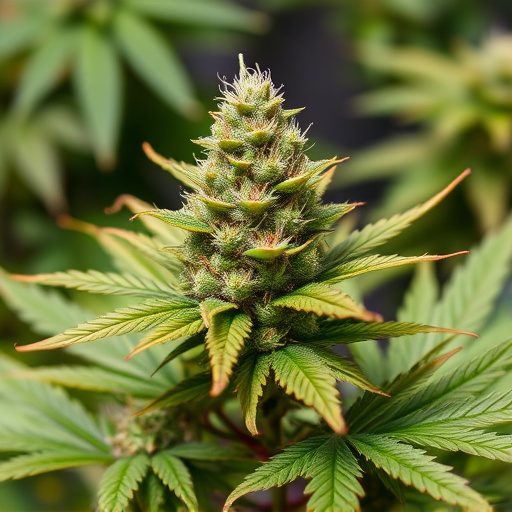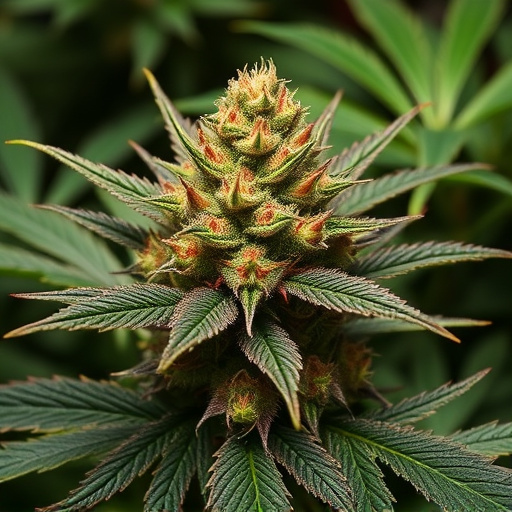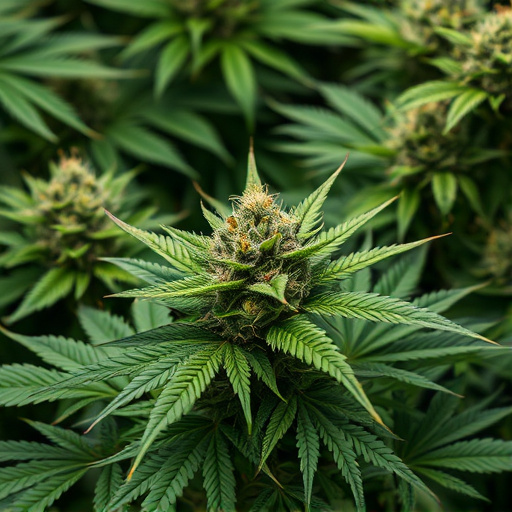Cannabis contains chemical compounds like THC and CBD, with high THC strains offering intense experiences but carrying higher risks of adverse effects, including anxiety and paranoia at very high doses. Responsible use guided by healthcare professionals is crucial to minimize these impacts. Starting with low doses and gradually increasing, along with regular breaks from consumption, can help maintain a balanced relationship with cannabis, especially considering modern high THC strains exceeding 30%. Individuals with pre-existing health conditions should exercise caution.
“Cannabis, with its complex chemical profile, poses intriguing questions about safe dosage limits. While popular, understanding its effects is crucial, especially with the rise of potent high THC strains. This article delves into the world of cannabis compounds and their impact on users. We explore the potential risks associated with high THC strains and offer insights into finding responsible dosages for those seeking to use cannabis safely. By considering these factors, individuals can navigate the landscape of cannabis consumption with informed awareness.”
- Understanding Cannabis Compounds and Their Effects
- High THC Strains: Potential Risks and Side Effects
- Finding a Safe Dosage for Responsible Use
Understanding Cannabis Compounds and Their Effects
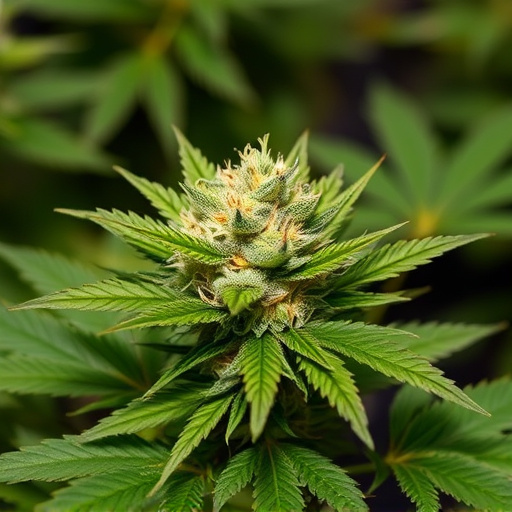
Cannabis contains various chemical compounds, with tetrahydrocannabinol (THC) and cannabidiol (CBD) being the most well-known. THC is responsible for the plant’s psychoactive effects, inducing feelings of euphoria and altering perception. High THC cannabis strains often have higher concentrations of this compound, which can lead to more intense experiences but also increased potential for adverse effects, especially in new users or those with lower tolerances.
CBD, on the other hand, is non-intoxicating and has gained significant attention for its potential therapeutic benefits. It interacts with the body’s endocannabinoid system, modulating pain perception, reducing anxiety, and influencing various other physiological processes. Understanding these compounds and their effects is crucial when considering cannabis consumption, as it allows individuals to make informed decisions about their intake, especially when looking to avoid negative experiences or target specific health concerns related to high THC cannabis strains.
High THC Strains: Potential Risks and Side Effects
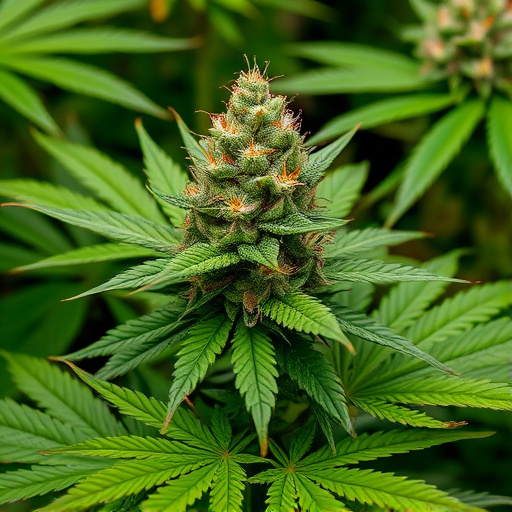
High THC cannabis strains have gained significant popularity, but it’s crucial to understand that THC, the primary psychoactive compound, can have potential risks and side effects, especially at high doses. As THC levels in cannabis have increased over time, so has the concern about its impact on users’ health. Studies suggest that very high doses of THC can induce anxiety, paranoia, and hallucinations in some individuals. These experiences are often described as an “unpleasantly intense” high and can be particularly distressing for those new to cannabis or prone to mental health issues.
Additionally, chronic use of high THC strains may contribute to cognitive impairments, including difficulties with memory and attention. Research indicates that it can also affect motor coordination and balance, leading to increased risk of accidents or injuries. It’s important to note that these risks are generally associated with excessive consumption; responsible use, as guided by healthcare professionals, can help minimize potential negative impacts.
Finding a Safe Dosage for Responsible Use
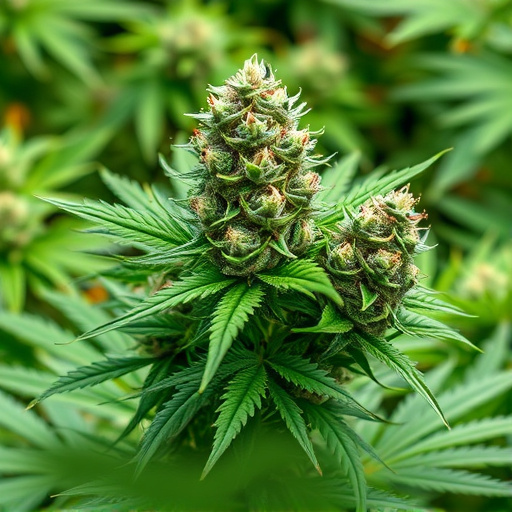
Finding a safe dosage for responsible cannabis use is crucial, especially considering the varying strengths of modern high THC cannabis strains. With potencies often exceeding 30% THC, consumers run the risk of adverse effects if they consume too much. To ensure safety, users should start with low doses and gradually increase until achieving their desired effect. This method allows individuals to develop a better understanding of their body’s response to cannabis without inadvertently triggering anxiety, paranoia, or other unwanted reactions.
Responsible use also involves being mindful of personal tolerance and overall health. Factors like age, weight, metabolism, and existing medical conditions can influence how one metabolizes and responds to cannabis. Individuals with pre-existing mental health issues or those taking medications should exercise extra caution, as cannabis may interact with other substances or exacerbate certain conditions. Regular breaks from consumption are recommended to prevent tolerance buildup and maintain a balanced relationship with this plant medicine.
While cannabis has shown promise in various areas of medicine, it’s crucial to understand that high THC strains, known for their potent effects, also carry potential risks. The search for a safe dosage requires careful navigation, as individual reactions vary greatly. By understanding the compounds and their impacts, users can make informed decisions, ensuring responsible use and mitigating side effects associated with high THC cannabis strains.








